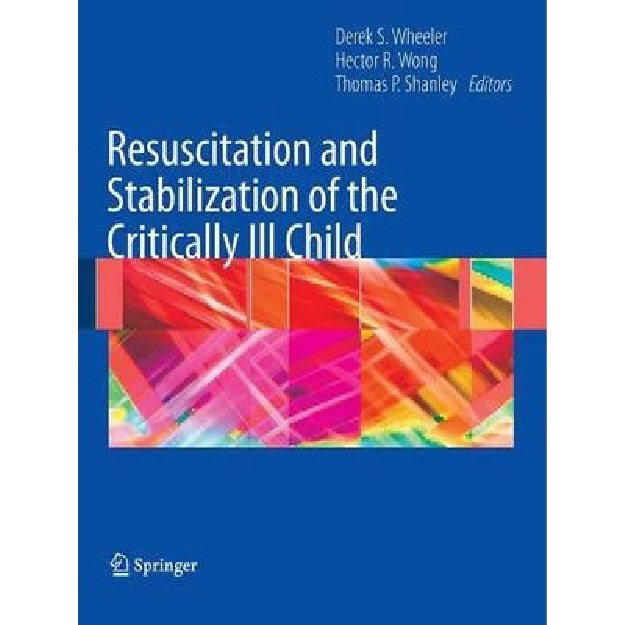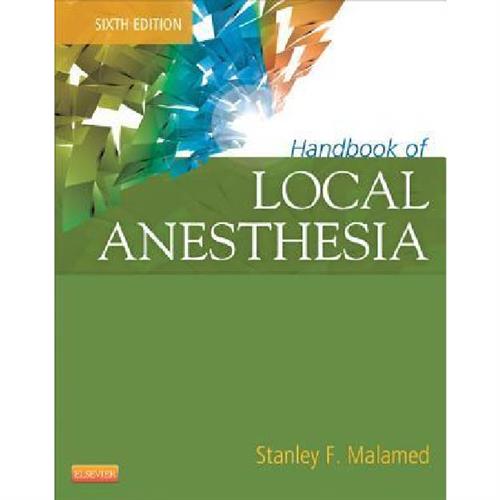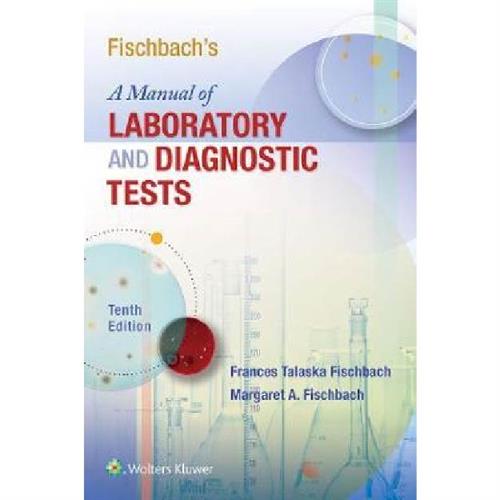Resuscitation and Stabilization of the Critically Ill Child
9781848009189
-
₪470.00₪622.00
אזל המלאי
פריט זה ניתן על ידי קרדיטים.
לחצו על "הוספה לעגלה" להמשך
לחצו על "הוספה לעגלה" להמשך
אזל המלאי עבור /
-
זמן אספקה ותנאי רכישההערות:
• זמן אספקה: הזמנות בהן כל הספרים זמינים במלאי - זמן אספקה – כ- 5 ימי עסקים (למעט אזורים חריגים בהם ייתכן עיכוב נוסף).
ספרים שאינם זמינים במלאי: זמן אספקה כ- 14 -45 ימי עסקים בהתאם למלאי במחסני המו"ל בחו"ל - הודעה תימסר ללקוח.
• הזמנה במשקל כולל של עד 14 קילו ישלחו ללקוח באמצעות חברת שליחויות עם שליח עד הבית (בישובים מסוימים המסירה תתבצע למרכז חלוקת הדואר המקומי)
• במידה וקיים עיכוב במשלוח ההזמנה או חוסר במלאי הספרים תשלח הודעה ללקוח.
• במידה ויבחר הלקוח עקב עיכוב במשלוח כנ"ל לבטל הזמנתו ויודיע על כך לידע, ידע מתחייבת לזכות החיוב.
• במידה ויתברר כי הספרים אזלו מהמלאי ולא ניתן לספקם - תשלח הודעה ללקוח.
• האיסוף העצמי ממשרדי ידע יבוצע רק לאחר הודעה ללקוח שההזמנה מוכנה לאיסוף.
דמי משלוח:
ניתן לבחור: 1. איסוף עצמי - ללא תשלום
2. משלוח עד הבית
Resuscitation and Stabilization of the Critically Ill Child \ Edited by Derek S. Wheeler , Edited by Hector R. Wong , Edited by Thomas P. Shanley
2008
The care of the critically ill or injured child begins with timely, prompt, and aggressive res- citation and stabilization. Ideally, stabilization should occur before the onset of organ failure in order to achieve the best possible outcomes. In the following pages, an international panel of experts provides an in-depth discussion of the early recognition, resuscitation, and stabilization of the critically ill or injured child. Once again, we would like to dedicate this textbook to our families and to the physicians and nurses who provide steadfast care every day in pediatric intensive care units across the globe. Derek S. Wheeler Hector R. Wong Thomas P. Shanley V Preface to Pediatric Critical Care Medicine: Basic Science and Clinical Evidence The ? eld of critical care medicine is growing at a tremendous pace, and tremendous advances in the understanding of critical illness have been realized in the last decade. My family has directly bene? ted from some of the technological and scienti? c advances made in the care of critically ill children. My son Ryan was born during my third year of medical school. By some peculiar happenstance, I was nearing completion of a 4-week rotation in the newborn intensive care unit (NICU). The head of the pediatrics clerkship was kind enough to let me have a few days off around the time of the delivery-my wife, Cathy, was 2 weeks past her due date and had been scheduled for elective induction.
The care of the critically ill or injured child begins with timely, prompt, and aggressive res- citation and stabilization. Ideally, stabilization should occur before the onset of organ failure in order to achieve the best possible outcomes. In the following pages, an international panel of experts provides an in-depth discussion of the early recognition, resuscitation, and stabilization of the critically ill or injured child. Once again, we would like to dedicate this textbook to our families and to the physicians and nurses who provide steadfast care every day in pediatric intensive care units across the globe. Derek S. Wheeler Hector R. Wong Thomas P. Shanley V Preface to Pediatric Critical Care Medicine: Basic Science and Clinical Evidence The ? eld of critical care medicine is growing at a tremendous pace, and tremendous advances in the understanding of critical illness have been realized in the last decade. My family has directly bene? ted from some of the technological and scienti? c advances made in the care of critically ill children. My son Ryan was born during my third year of medical school. By some peculiar happenstance, I was nearing completion of a 4-week rotation in the newborn intensive care unit (NICU). The head of the pediatrics clerkship was kind enough to let me have a few days off around the time of the delivery-my wife, Cathy, was 2 weeks past her due date and had been scheduled for elective induction.
מוצרים קשורים
-
יח'יח'יח'
תודה על השיתוף
קיבלתם הנחת שיתוף מיוחדת! על מנת להינות מהנחה זו עליכם להוסיף את הפריט לעגלת הקניות בכפתור הוספה לעגלה.
הצטרפו לרשימת המתנה לחזרה למלאי
הצטרפות לרשימת ההמתנה בוצעה בהצלחה.
אנו נשלח אליכם מייל כאשר הפריט יחזור למלאי.





